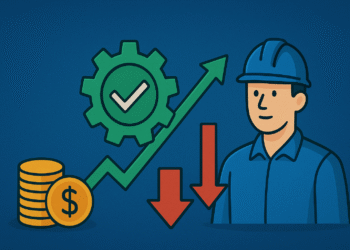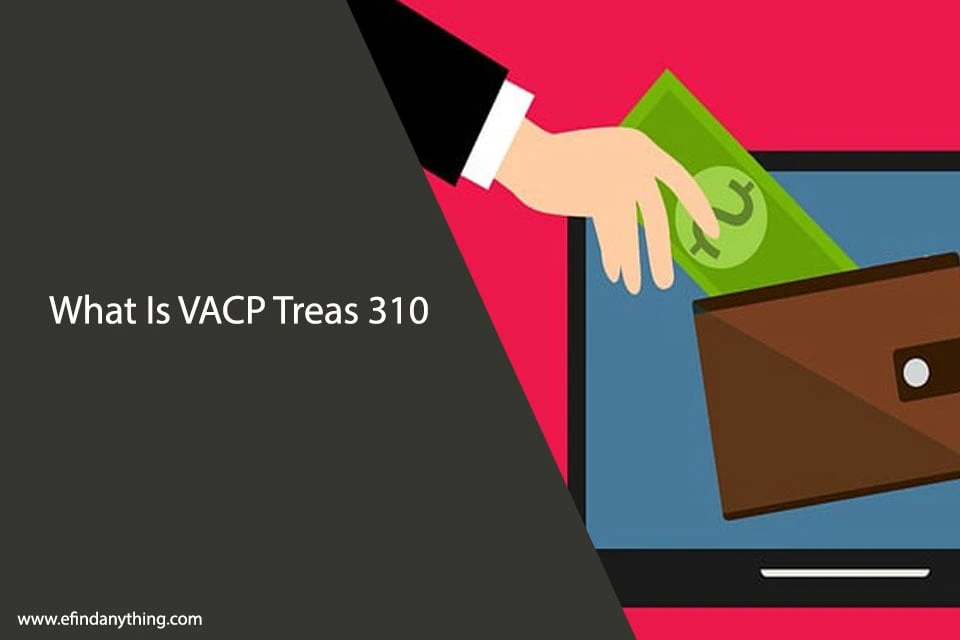
Email outreach remains one of the most powerful ways to drive sales, but only if you do it right. The reality is, most campaigns fail before they even begin. With smarter spam filters, overflowing inboxes, and selective prospects, your choice of software can make or break your results.
Choose wisely, and you gain a direct line to prospects who want to hear from you. With 8 out of 10 buyers preferring email, this blog will help you select the right platform, starting with building a modern tech stack for cold outreach that drives results.
Core Automation and Personalization Features
Modern businesses can’t afford to treat all prospects the same way. The days of generic “Hi [Name]” emails are long gone, and today’s cold email outreach strategies provide sophisticated personalization features that extend far beyond the limitations of basic mail merge functions.
Advanced Sequencing Capabilities
Smart automation starts with conditional logic that adapts based on prospect behavior. Your sequences should branch automatically when someone opens an email but doesn’t respond, triggering a different follow-up than someone who ignores your message entirely. Time zone optimization ensures your emails arrive during business hours, regardless of where your prospects are located.
Dynamic Content Personalization
The features of email outreach tools that separate winners from losers include AI-powered content generation that pulls real-time data about prospects’ companies, recent news, and industry trends. This isn’t just about inserting a company name – it’s about crafting messages that feel genuinely relevant to each recipient’s current situation.
Smart Delivery Optimization
Your software should automatically pause sequences when prospects reply, preventing embarrassing follow-ups to engaged leads. It should also detect out-of-office responses and adjust timing accordingly, ensuring your messages don’t get buried in overflowing inboxes.
With robust automation and personalization capabilities forming the backbone of effective outreach, their true value emerges only when you can measure, analyze, and optimize their performance.
Analytics That Drive Results
Data without actionable insights is just noise. To truly understand your results, the best email outreach software offers analytics that extend far beyond simple open and click rates, uncovering what’s driving success, failure in your campaigns.
Comprehensive Performance Tracking
If your sales emails aren’t breaking through, it’s crucial to understand why. Your software should track engagement depth, reply sentiment, and conversation quality, not just vanity metrics that don’t correlate with revenue.
Predictive Analytics and AI Insights
Advanced tools use machine learning to predict optimal send times for individual prospects, recommend content improvements based on performance patterns, and identify leads most likely to convert. This intelligence helps you focus your efforts where they’ll have the greatest impact.
Real-Time Campaign Optimization
The ability to adjust campaigns mid-flight based on performance data can dramatically improve results. Look for software that alerts you to underperforming sequences and suggests specific improvements based on what’s working in similar campaigns. Data-driven insights become exponentially more powerful when your software seamlessly connects with your existing tech stack and workflow processes.
Integration and Multi-Channel Capabilities
Your outreach efforts shouldn’t exist in isolation. If you compare different email outreach software platforms, you’ll find that those with robust integration capabilities consistently outperform more limited, standalone tools.
CRM Synchronization
Bidirectional data sync ensures your outreach activities automatically update lead records, trigger sales pipeline actions, and maintain data hygiene across systems. Custom field mapping and automated lead assignment eliminate manual data entry while ensuring nothing falls through the cracks.
Multi-Channel Coordination
Email works best when combined with other touchpoints. Your software should coordinate LinkedIn messages, SMS follow-ups, and phone calls to create cohesive prospect experiences. This orchestrated approach increases response rates while maintaining message consistency across channels.
API and Webhook Capabilities
Custom integrations through APIs and webhooks allow you to connect your outreach software with specialized tools, create unique workflows, and maintain control over your tech stack. This flexibility becomes increasingly important as your outreach program matures. Even the most sophisticated integrations fall short if your team can’t collaborate effectively within the platform itself.
Team Collaboration and Management Tools
Scaling outreach efforts requires more than just individual productivity – it demands seamless team coordination and consistent messaging across all representatives.
User Permissions and Workflow Management
Granular access controls ensure team members can only modify appropriate campaigns and data. Approval workflows prevent off-brand messages from being sent, while performance dashboards help managers identify coaching opportunities and celebrate successes.
Content Library and Template Management
Version control for email templates prevents outdated messages from being used accidentally. Brand guideline enforcement tools ensure all communications maintain professional standards, while performance-based recommendations help teams identify and replicate successful messaging.
Lead Distribution and Territory Management
Intelligent lead assignment algorithms balance workloads and prevent prospect conflicts. Clear handoff protocols ensure smooth transitions between marketing and sales teams, while duplicate handling prevents embarrassing multiple outreaches to the same prospects.
As your team scales outreach efforts across multiple markets and channels, maintaining compliance becomes both more critical and more complex.
Compliance and Security Features
Regulatory compliance isn’t optional, and the email outreach software you select should include comprehensive protections for your business as well as the privacy of your prospects.
Regulatory Compliance Tools
Automated opt-out processing ensures GDPR, CCPA, and CAN-SPAM compliance without manual intervention. Data retention policies automatically delete outdated information, while consent management documentation provides audit trails for regulatory reviews.
Data Security and Privacy Protection
End-to-end encryption, SOC 2 Type II certifications, and comprehensive access logging protect sensitive prospect data. Regular security updates and disaster recovery options ensure your outreach operations remain secure and reliable.
While mobile accessibility addresses today’s remote work requirements, forward-thinking businesses must also consider how emerging technologies will reshape email outreach in the coming years.
Emerging Technologies and Future-Ready Features
The most forward-thinking platforms are already incorporating AI, machine learning, and advanced personalization technologies that will define next-generation outreach success.
AI-Powered Content Creation
GPT-powered email composition assistance helps craft compelling messages faster while maintaining your unique voice. Natural language processing categorizes replies automatically, while predictive lead scoring identifies the most promising prospects before you invest significant outreach time.
Advanced Personalization Technologies
Dynamic content insertion based on real-time data creates hyper-relevant messages that feel genuinely personalized. Behavioral tracking triggers different messaging based on how prospects interact with your emails and website, while industry-specific recommendations ensure your outreach resonates with different audiences.
Understanding feature benefits and cost implications provides the foundation for making informed software decisions, but successful selection requires a systematic evaluation framework.
Final Thoughts on Email Outreach Software Selection
Selecting the right solution in the crowded space of email outreach software isn’t just about finding the one with the longest list of features; it’s about matching the platform’s strengths to your specific requirements and growth trajectory.
Focus on automation that saves time without sacrificing personalization, analytics that provide actionable insights, and integrations that streamline your existing workflows.
The best software combines powerful technology with intuitive usability, ensuring your team can execute sophisticated campaigns without getting bogged down in complexity. Success ultimately depends on choosing tools that grow with your business while maintaining the human touch that turns prospects into customers.
Common Questions About Email Outreach Software
1. What’s the difference between email outreach software and traditional email marketing platforms?
The difference between using email outreach software and traditional email marketing platforms lies mainly in their focus: while outreach software is optimized for one-to-one personalized communications with prospects, email marketing solutions are generally built for one-to-many broadcast messages to pre-existing audiences, with distinct automation and compliance needs.
2. How do I calculate ROI from email outreach software?
To evaluate ROI when using email outreach software, track the number of leads generated, meetings booked, and deals closed as a direct result of your campaigns, and then compare these results to your software costs, time investments, and outcomes from prior manual methods. Also, remember to factor in time savings and productivity enhancements.
3. Which features matter most for B2B versus B2C campaigns?
B2B campaigns need advanced personalization, CRM integration, and longer sequences, while B2C focuses more on automation scale, mobile optimization, and shorter conversion cycles with different compliance considerations.











